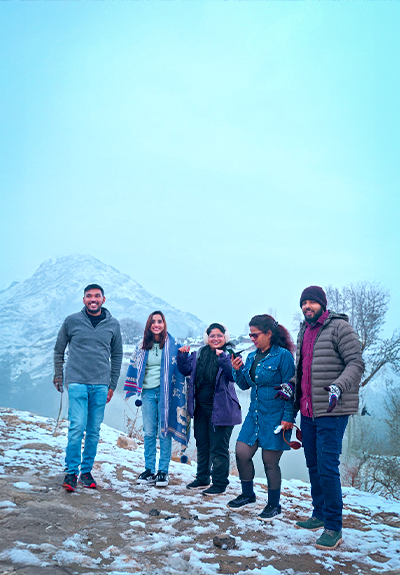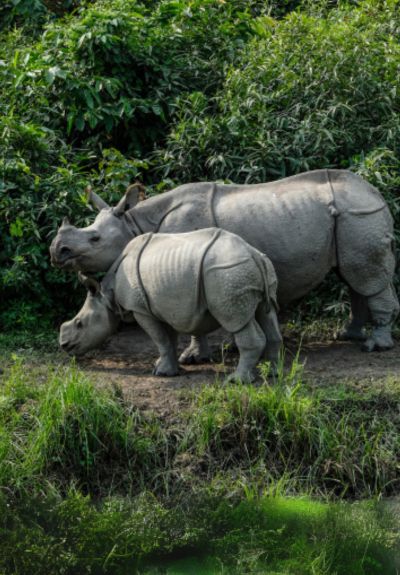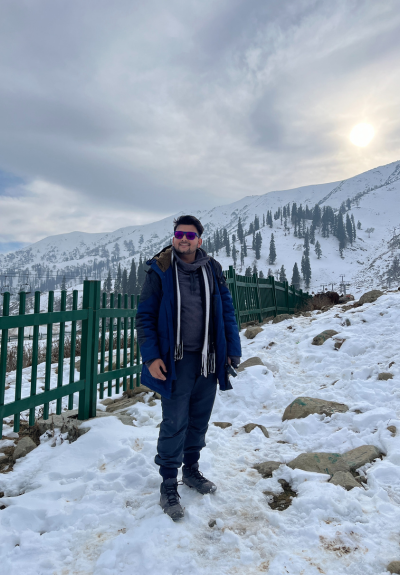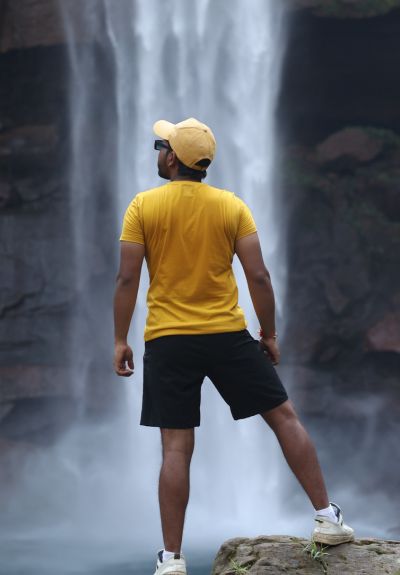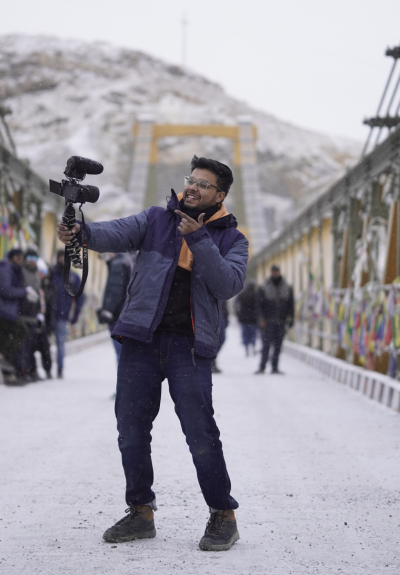Highlight
Winter in Spiti Valley is a surreal experience, with its stark landscapes blanketed in snow, frozen rivers, and temperatures dropping as low as -30°C. As Spiti is called the middle-land between India and Tibet, it offers a lot on plate like breathtaking views, ancient monasteries, and the thrill of spotting elusive snow leopards. Out Winter Spiti tour package is the perfect blend of adventure and comfort that this raw beauty has to offer.Itinerary
Other Info
On Day 1 REACH DELHI BY 6 PM
On Day 9 We will Drop you Delhi by 8 AM so book your flights post 11 AM
No Refund shall be made with respect to the initial booking amount for any cancellations. However,
- If cancellations are made 30 days before the start date of the trip, 50% of the trip cost will be charged as cancellation fees.
- If cancellations are made 15-30 days before the start date of the trip, 75% of the trip cost will be charged as cancellation fees.
- If cancellations are made within 0-15 days before the start date of the trip, 100% of the trip cost will be charged as cancellation fees.
- In the case of unforeseen weather conditions or government restrictions, certain activities may be cancelled and in such cases, the operator will try his best to provide an alternate feasible activity. However, no refund will be provided for the same.
Batches
Pricing
Select Occupancy
Trip Gallery
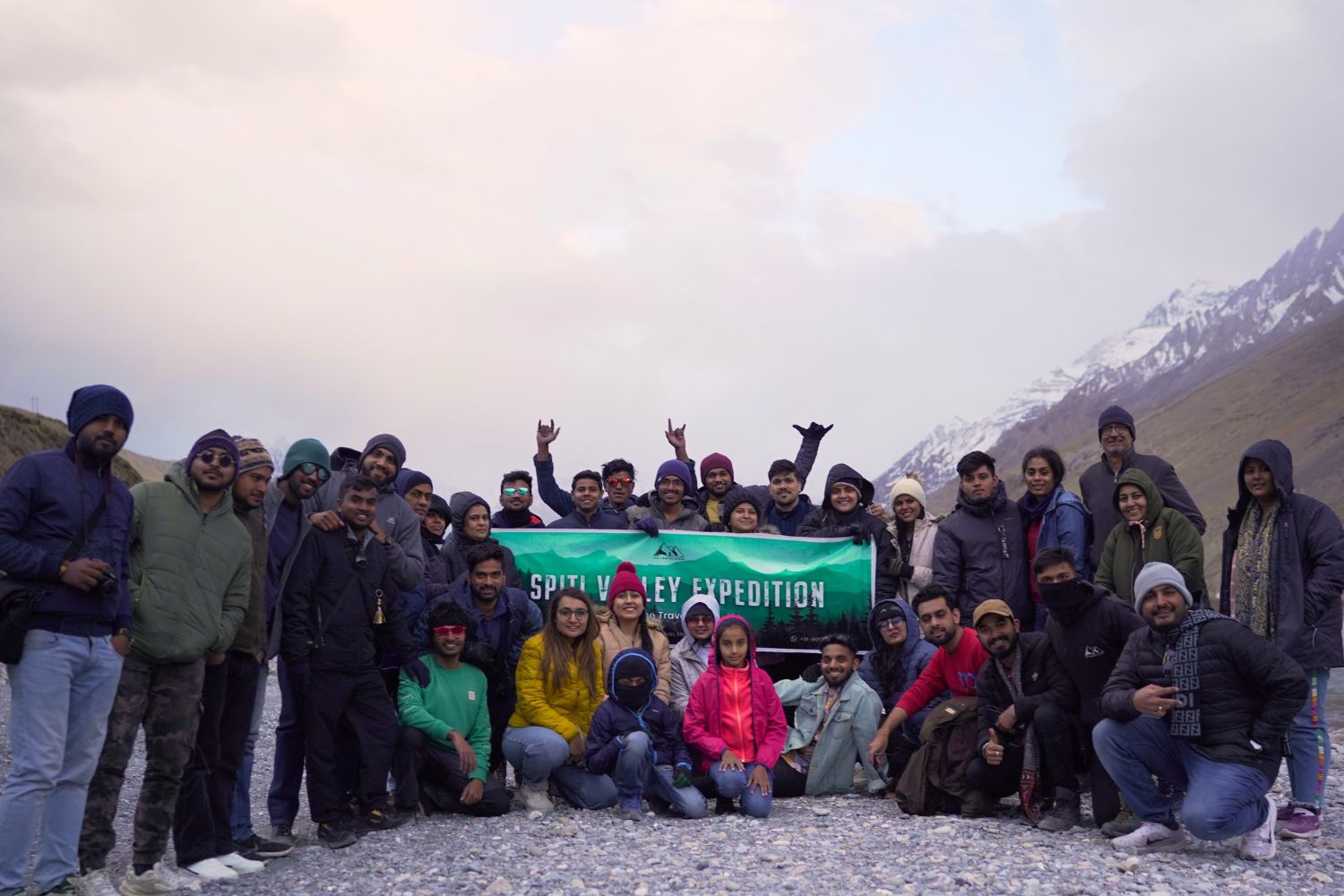
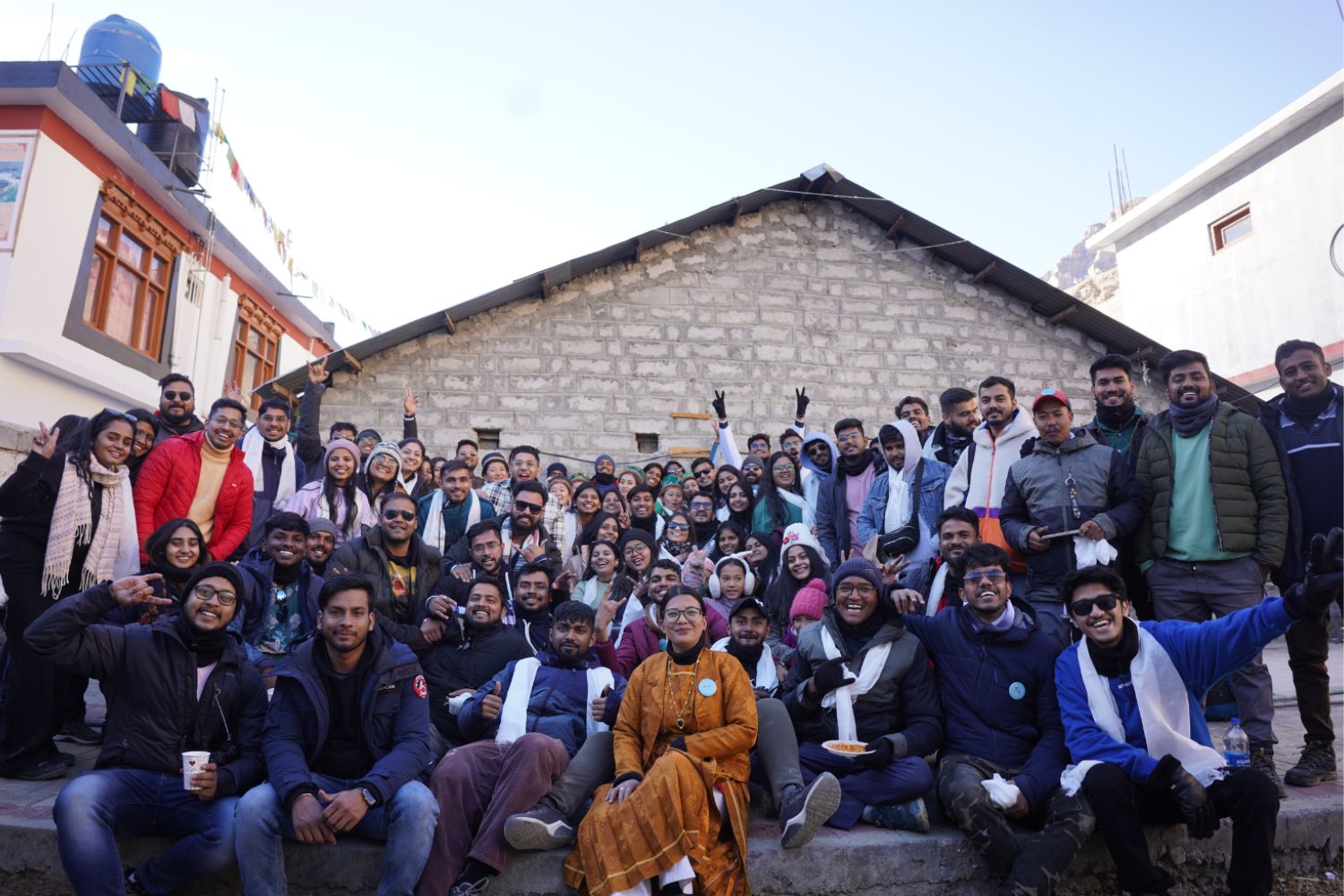
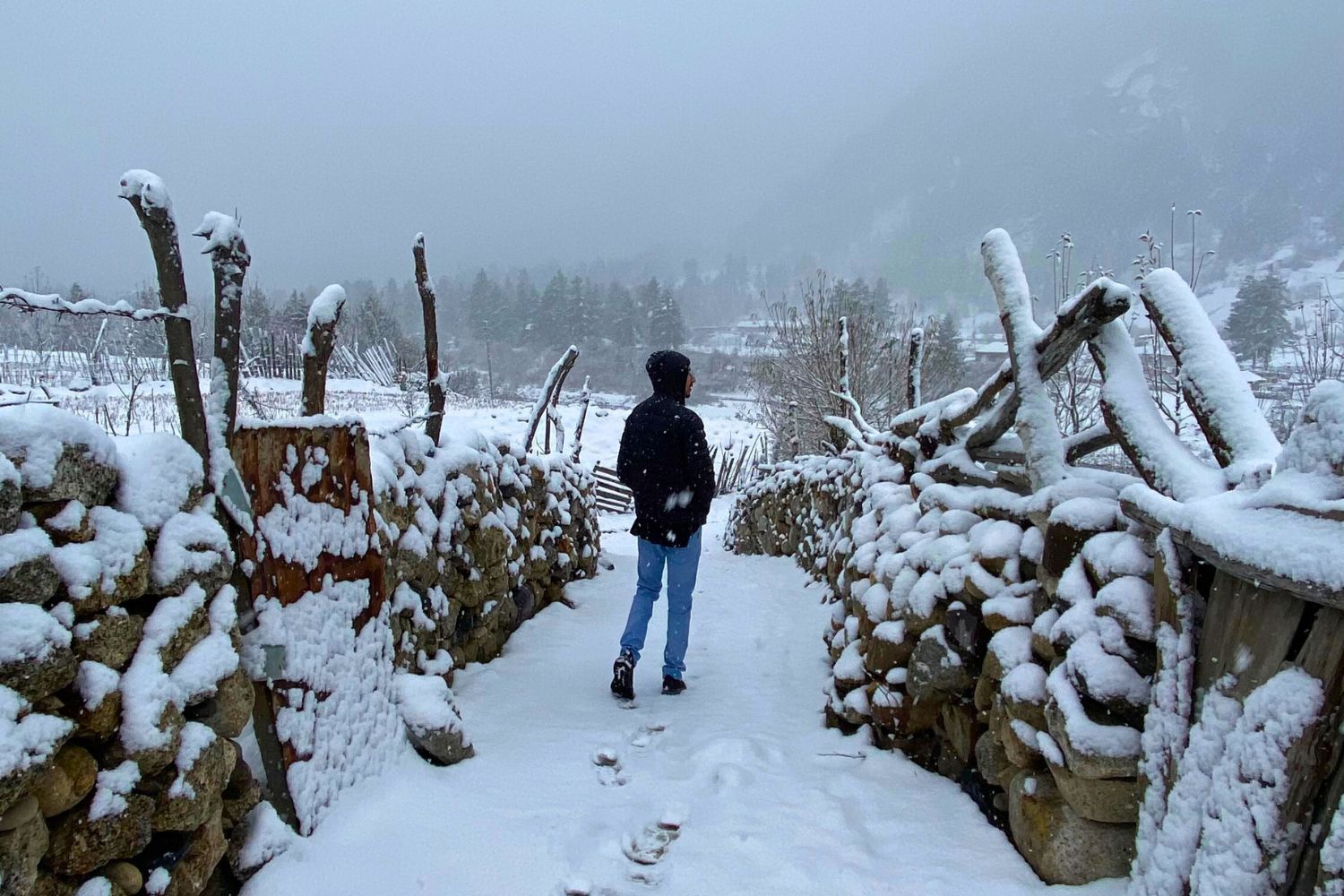
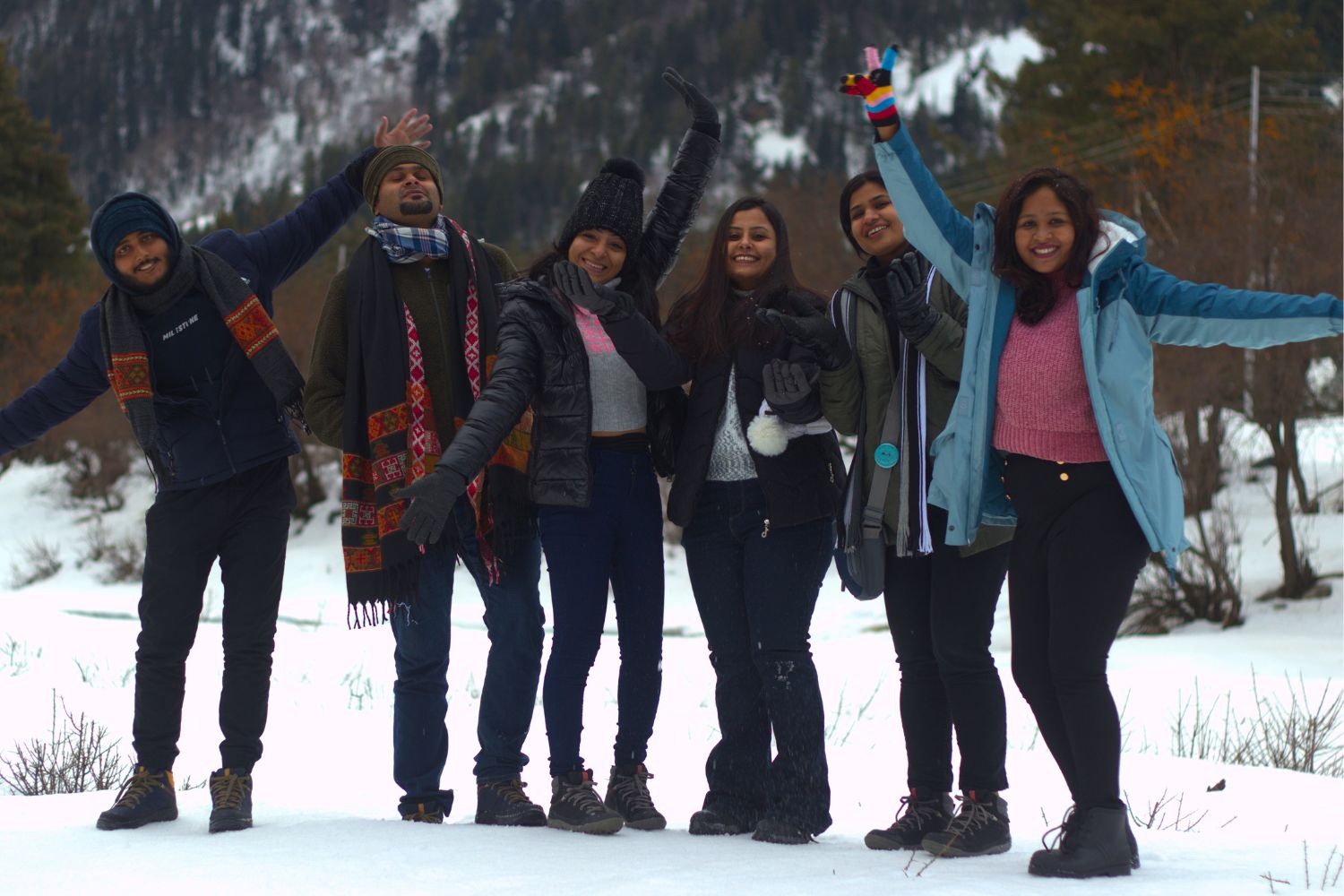
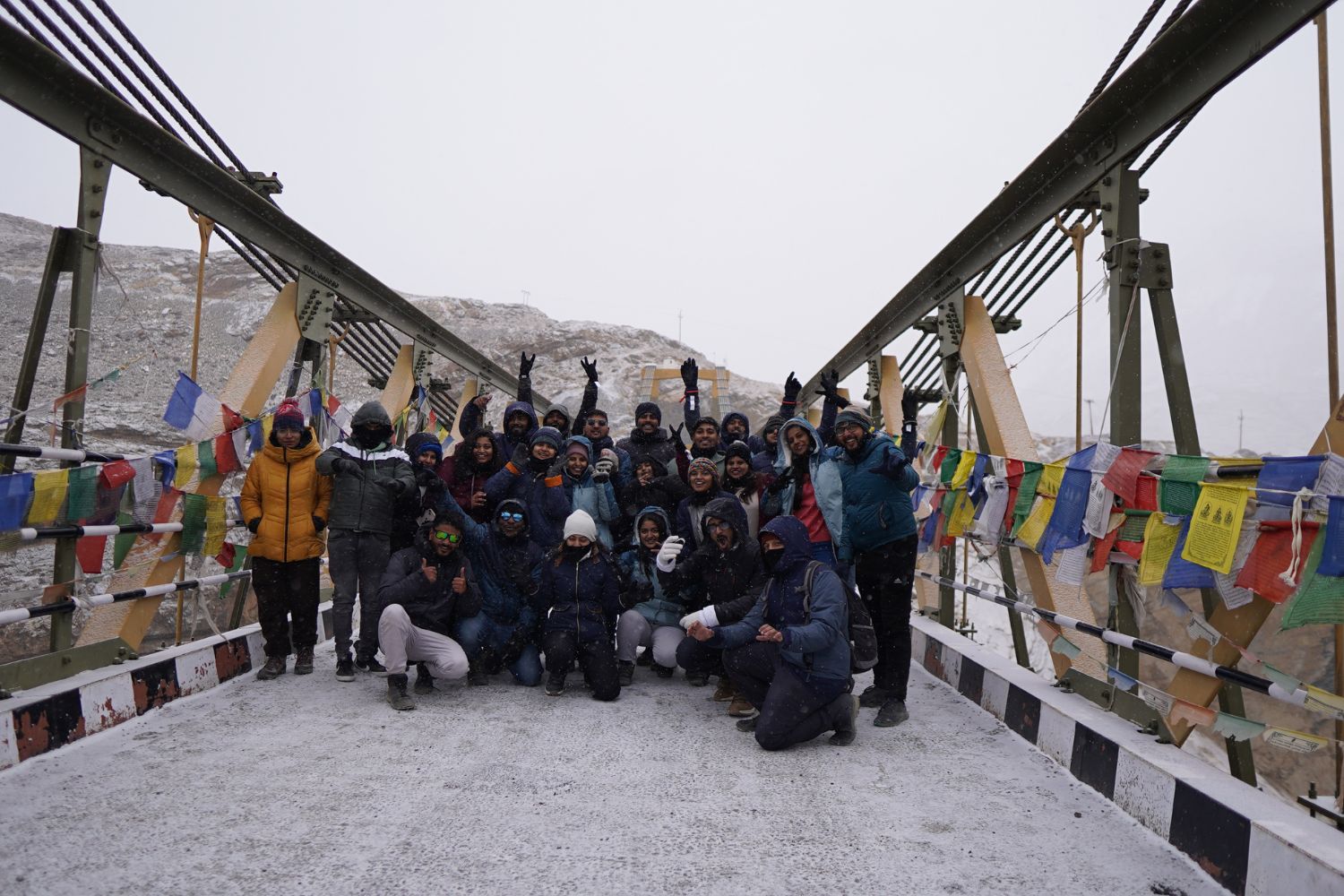
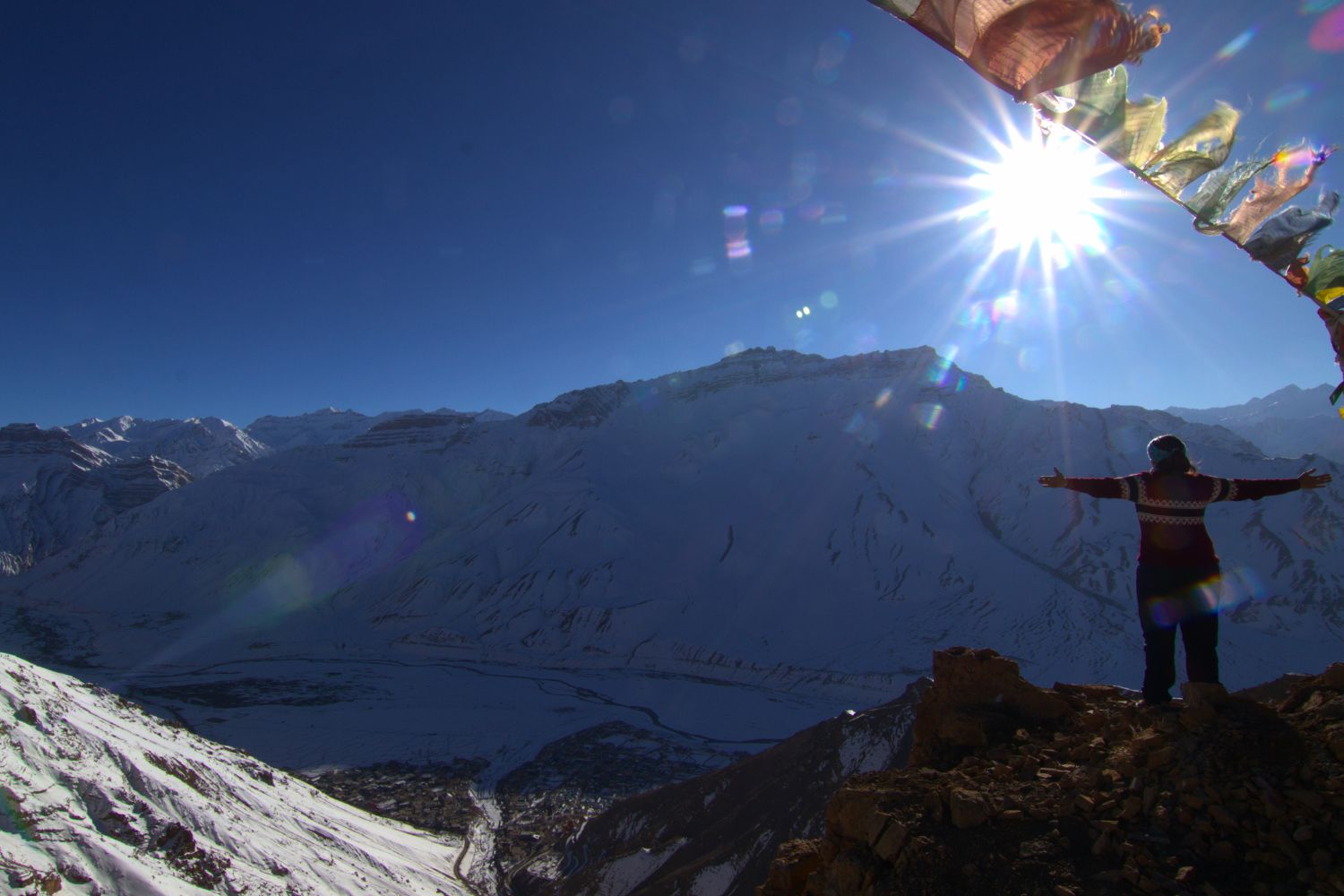
Testimonials
Ronak Bhatia
Went on the Winter Spiti Expedition with TTS from March 15 to 23, and I must say, TTS did an excellent job planning and executing the trip. Our captain, Nick, was incredibly friendly and ensured we visited every destination on the itinerary while also making sure we enjoyed every moment of the journey. (P.S. – He has an amazing playlist, which made traveling with him even more fun!)
15 March, 2025
Jahanvi S
Choosing to visit Spitti was best decision and The travel story made it even more memorable. I was hesitant as to go solo as it was my first time for many things like going solo especially for such a long trip, experiencing snowfall for the first time, Being a part of Holi (SANGLA Holi is the best and everyone need to experience it atleast once). But the Travel story made it easy and comfortable throughout the journey. It was much needed break and it became more memorable than expected. Spitti w
15 March, 2025
Pradeep Gupta
TTS full marks to you for this trip to Spiti valley. Super food and stay, Even at such a remote place. Very very good company through out the trip also not to forget about our trip captain Mahendra bhai and the fighter pilot Nitesh bhai, who was always there to take care of us and entertain us. I strongly recommend others to try TTS.
15 March, 2025


